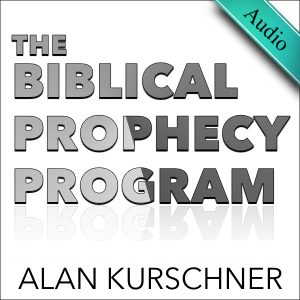Podcast: Play in new window | Download | Embed
 I described a helpful approach to studying the doctrine of the second coming. The books of the Bible have been progressively revealed to God’s people in history with the book of Revelation as the very last book that was written to complete the Bible. So instead of starting with the book of Revelation, I suggest starting with key biblical prophecy passages in the book of Daniel, Jesus’ Olivet Discourse, and Paul’s Thessalonian epistles.
I described a helpful approach to studying the doctrine of the second coming. The books of the Bible have been progressively revealed to God’s people in history with the book of Revelation as the very last book that was written to complete the Bible. So instead of starting with the book of Revelation, I suggest starting with key biblical prophecy passages in the book of Daniel, Jesus’ Olivet Discourse, and Paul’s Thessalonian epistles.
Accordingly, it is best to begin with Daniel giving us a temporal context. Then one should move next to Jesus’ teaching in the Olivet Discourse in Matthew 24, Mark 13, and Luke 21, where Jesus gives us a concrete outline to the events surrounding his second coming. Next, one should move to both of the Thessalonian epistles where Paul gives further description of the second coming. Finally, it is best to conclude with the book of Revelation, which fills in the details. In addition, while working through Jesus, Paul, and book of Revelation one can draw from the Old Testament prophets, such as Joel, Zephaniah, and others.
Having worked through this procedure, the student of prophecy will be in a good position with this background to make sense out of the book of Revelation.
I used a “house” metaphor to illustrate this approach. The following stages of building a house are the same stages in studying the doctrine of the second coming.
Daniel – The Foundation
Jesus – The Framework
Paul – The Facilities
Revelation – The Furnishing


